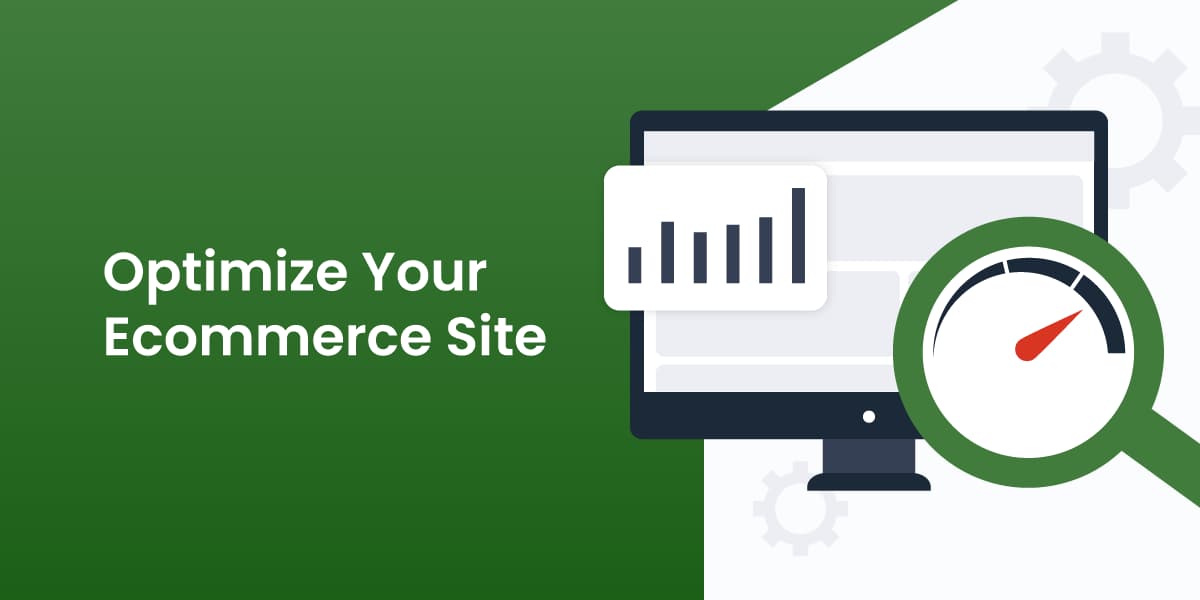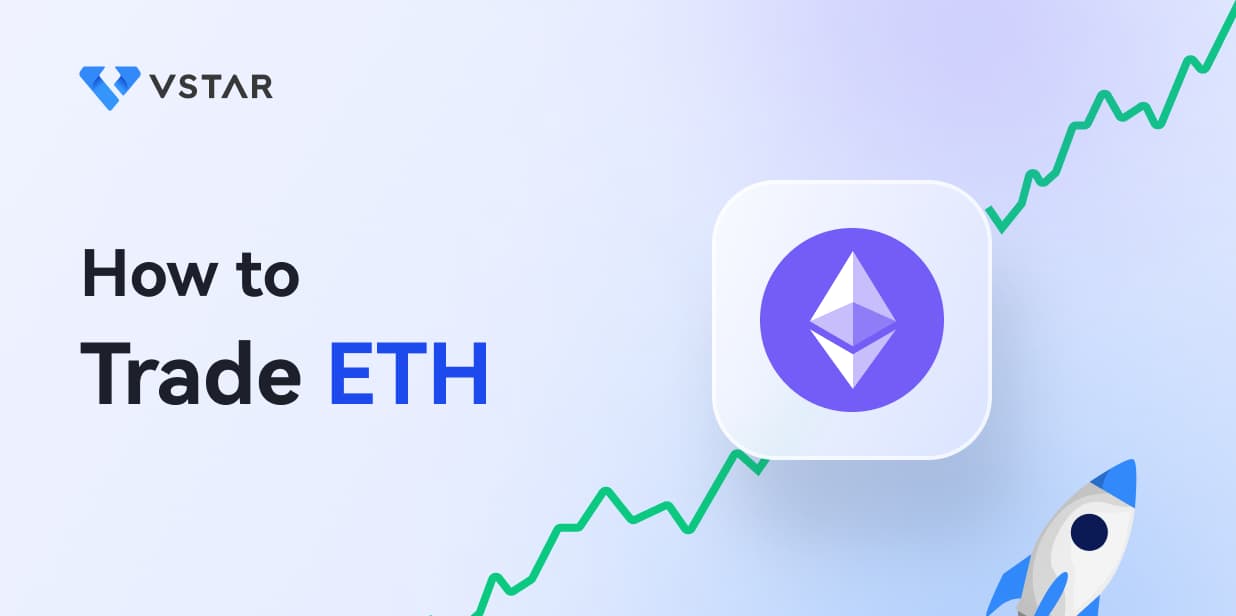Every eCommerce business owner’s biggest dream and nightmare is to have peak traffic on their website.
The biggest dream because peak traffic means high demand and more sales. The biggest nightmare because a sudden spike in traffic can crash the eCommerce website and no one can buy anything.
So, how do you ensure that you have peak traffic on your online store, but it also doesn’t crash? By optimizing it for peak usage. This blog will guide you through the process in detail. But first let’s understand:
Why eCommerce Websites Fail to Handle Peak Traffic?
eCommerce websites fail to handle peak traffic because of:
- Infrastructure issues like lacking the server capacity to handle sudden spike in the traffic, uneven distribution of traffic across servers due to improper load balancing, and failing to isolate faulty components that impact its performance.
- The increase in load and response times due to heavy images, uncompressed files, complex scripts, and poorly written code on your eCommerce website.
- Not optimizing your website’s database for peak usage.
- Failing to conduct load testing on your eCommerce website to simulate high-traffic scenarios. This way, you can miss out on many potential bottlenecks and your website may take a hit in real-life situations.
Apart from this, DDoS (Distributed Denial of Service) attacks, dependence on third-party service providers, and lack of proactive measures like real-time monitoring can also lead your website to crash during peak usage.
How to Overcome These Challenges and Optimize Your Website for Peak Traffic?
1. Build Your eCommerce Website on the Microservice Architecture
The problem with most existing websites is that they’re built on traditional monolithic architecture. It makes them difficult to scale and challenging to manage. Also, if any component fails, the entire website crashes leading to lost sales and missed opportunities.
To solve this problem, you must build your eCommerce website on the microservice architecture. It’s a modular approach to software development where we develop the eCommerce website as a collection of small, independent microservices. Each microservice solves a specific purpose and doesn’t depend on other microservices. As a result:
- Your entire eCommerce website doesn’t go down if there’s fault in one component. Also, it will be easy for your team to identify and fix the issue no matter how complex the app is as they only have to search in one module.
- You can write different microservices in different languages. So, you can frequently take advantage of new languages to quickly introduce new features and ensure it is always at the peak performance.
- Any changes to the module can be easily rolled back if anything goes wrong. So, a wrong update would no longer put your entire website in jeopardy as you can easily revoke the changes.
You must also build the app on a serverless architecture so that you no longer have to worry about managing the infrastructure on your own. Instead, you can invest your valuable time and energy on core development tasks.
Another major advantage of the serverless architecture is that it allows you to scale resources up or down based on your requirements. This way if you face peak traffic, you can scale up the resources on your website to cater to them. Then later when the demand comes back to normal, you can scale down the resources.
A company for eCommerce development can help you build your eCommerce website on the microservices and the serverless architecture. They can even help you move it from monolithic architecture to a modern one. So, approaching them would be the best.
2. Select a Reliable Hosting Provider for Your eCommerce Website
Your hosting provider would be critical in deciding whether your eCommerce website will withstand the peak traffic or not. If the hosting provider is not up to the mark, it would never withstand high traffic and would crash.
So, choose a hosting provider that can handle high traffic volume, has fast and secure services, and offers adequate storage and bandwidth. Also, ensure that the hosting provider offers 24×7 customer support along with backup, recovery, and scalability options.
3. Use a Content Delivery Framework on Your eCommerce Website
Sometimes eCommerce websites fail to handle peak traffic because the latency and distance between your website and your visitors is too much. It increases the load time and hence impacts the performance.
That’s why you must use content delivery networks (CDN), a series of networks to distribute your website content globally on your eCommerce website. They would reduce its loading time and significantly boost its performance. It would also save you from spending extra on bandwidth.
Many content delivery networks are available out there, such as Amazon CloudFront, Cloudflare, and Akamai. You can compare all of them and choose the one that best suits your needs.
4. Optimize Your eCommerce Website Images and Videos
High-quality product images and videos are essential on an eCommerce website as they engage customers and vouch for the product’s quality. However, they also slow your website down as they take longer to load. As a result, websites crash during peak usage and you lose sales.
To solve this problem, you must compress your eCommerce website images and videos. This way, you can reduce the file size without sacrificing quality. For this, many free tools are available, such as TinyPNG, FileOptimizer, ImageOptim, and Optimizilla. We use TinyPNG as it’s free. For optimizing videos, you can use Clipchamp or HandBrake.
Also, choose the right format for your images or videos. It can help you significantly reduce the image size. Use a JPEG format for photos, PNG for graphics, or WebP for both. For videos and animated content, you can choose MP4 or WebM. Don’t go for GIFs as they’re heavy files and take longer to download and display.
You must also use lazy loading on your eCommerce website for faster speed. It delays the loading of images and videos until they’re in the user’s viewport. This improves the loading time and makes your website fast.
5. Minify and Combine the Code Files on Your eCommerce Website
An eCommerce website consists of many HTML, CSS, and JavaScript files that define its structure, style, and functionality. The code in these files often contain redundant elements like whitespaces, comments, and unused code that slow down website speed. That’s why you need to minify and combine these code files.
By minifying the code, you can significantly reduce the size of these files and boost your eCommerce websites’ speed. On the other hand, combining multiple files into one would reduce the number of requests and the load time. Ultimately, both of these things would improve its performance. As a result, it can handle any surge in website traffic.
You can use HTMLMinifier for minifying your code files. On the other hand, tools like Gulp and Concat can help you combine these files into one.
6. Implement Caching and Compression on Your eCommerce Website
Caching and compression are other two efficient techniques to improve your eCommerce website’s performance and allow it to withstand peak traffic.
With caching, you can store copies of eCommerce website content on your server or your customers’ browsers. This way, you can reduce the loading time and boost its speed. On the other hand, compression helps you reduce the size of your website content using algorithms. This way, they load faster and your website remains at the peak performance even during maximum traffic.
You can use WP rocket to cache the content of your eCommerce website on server or visitors’ browsers. To compress the files, you can use Super Cache.

